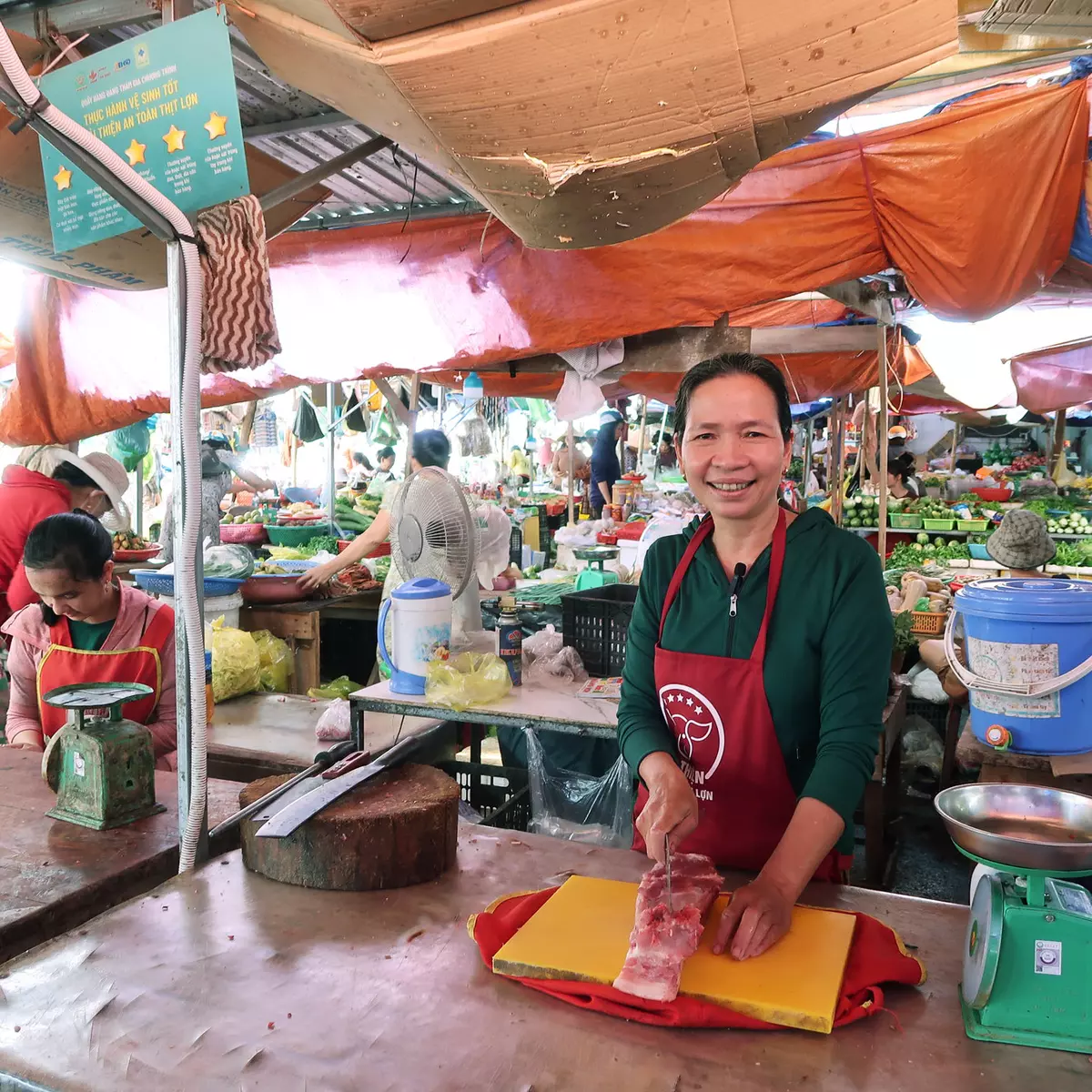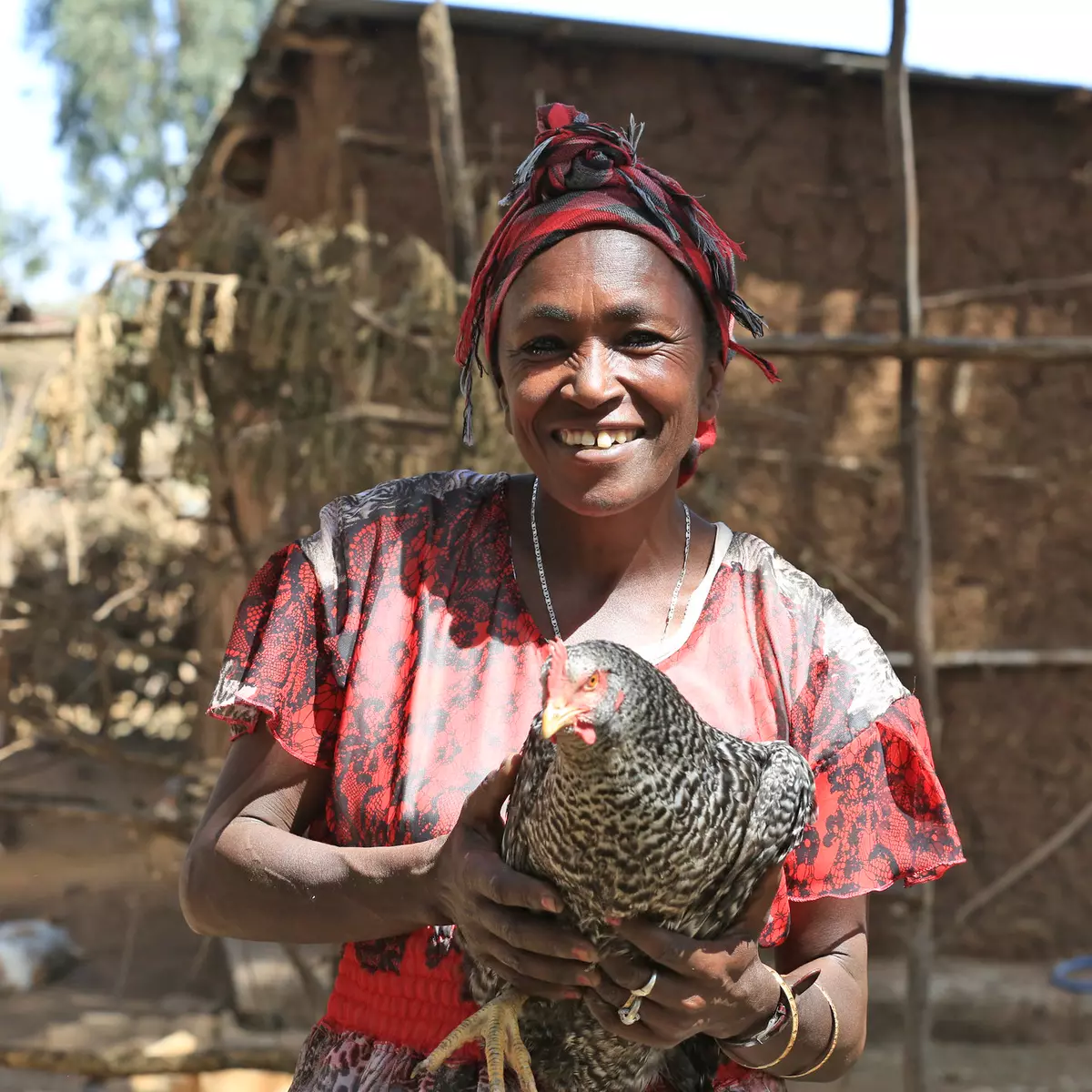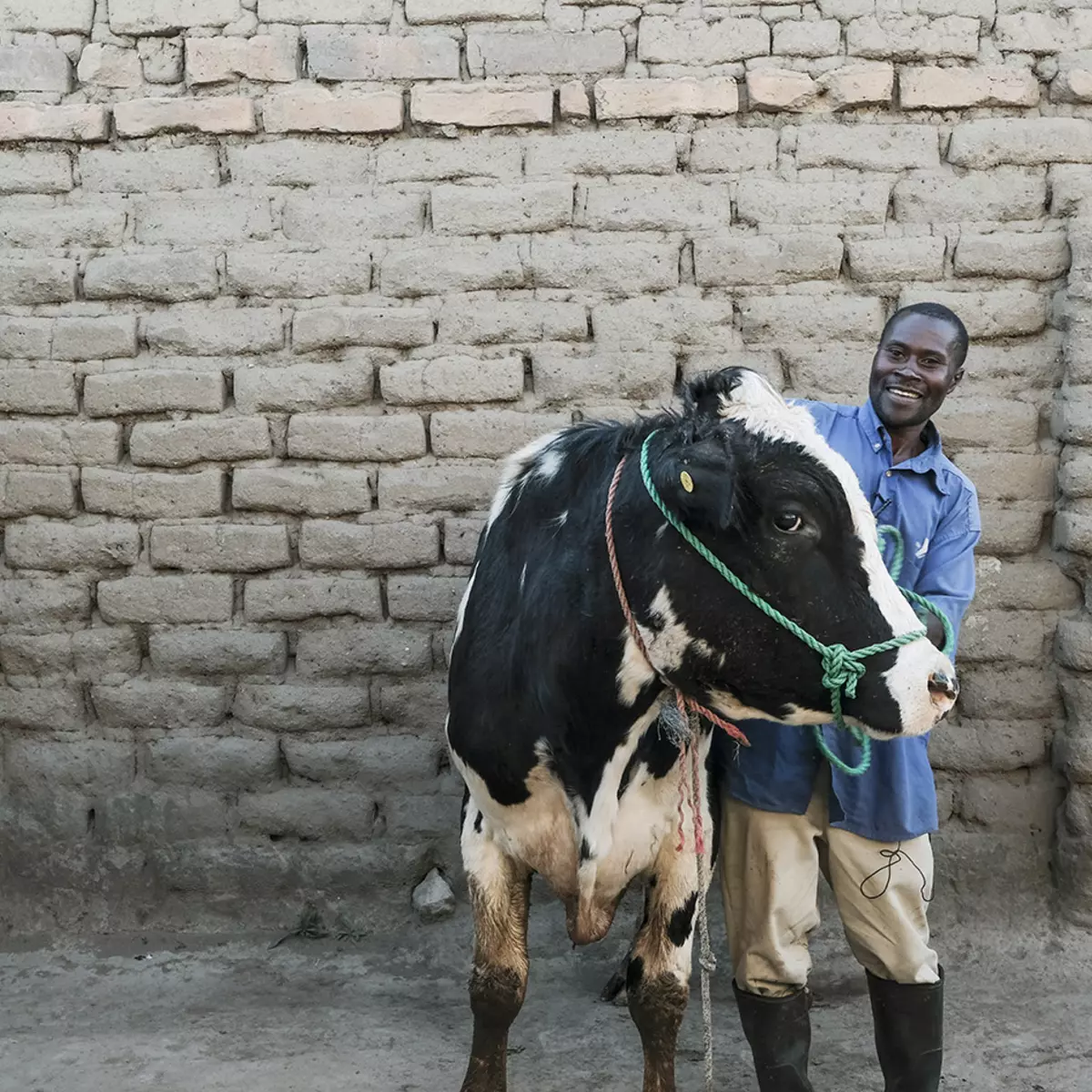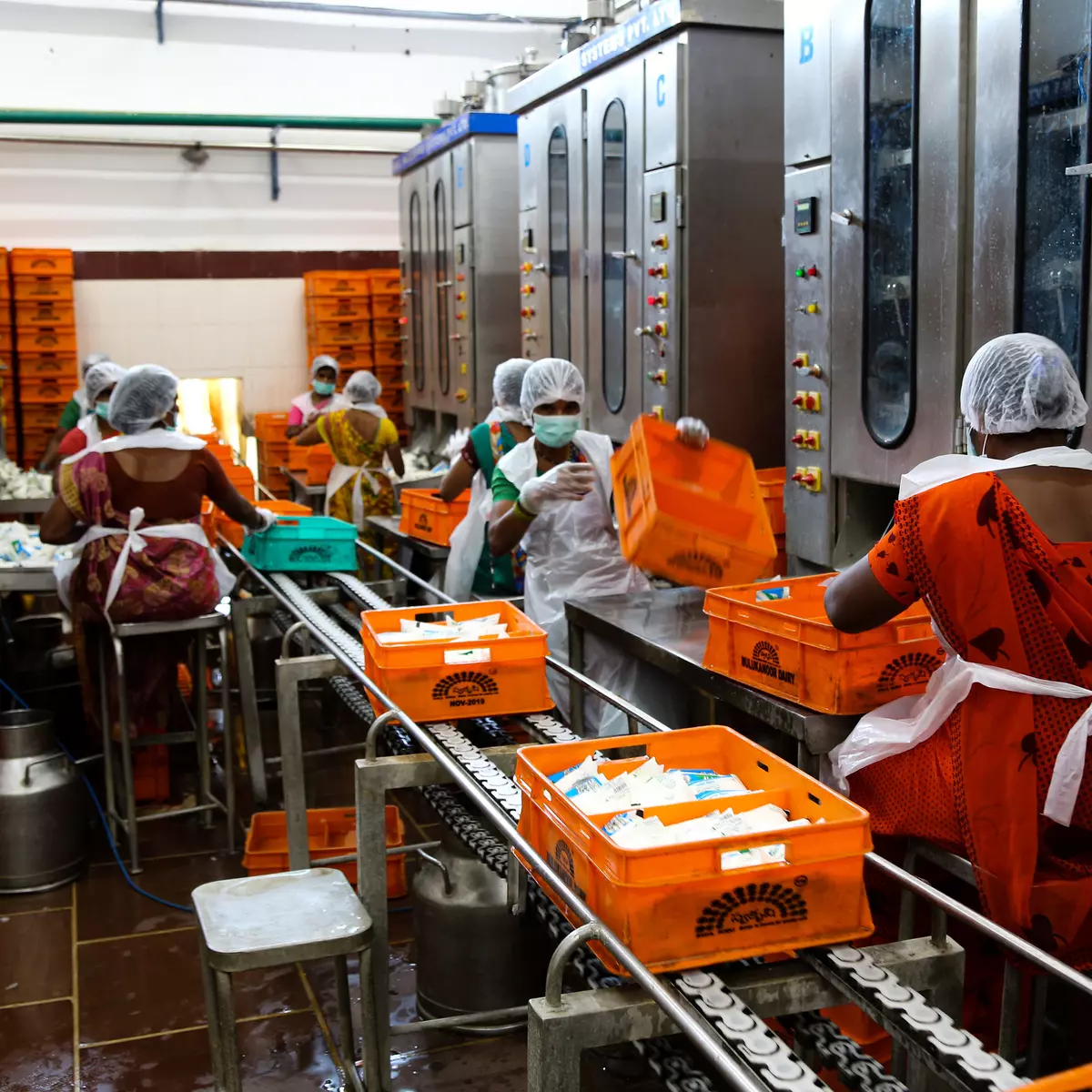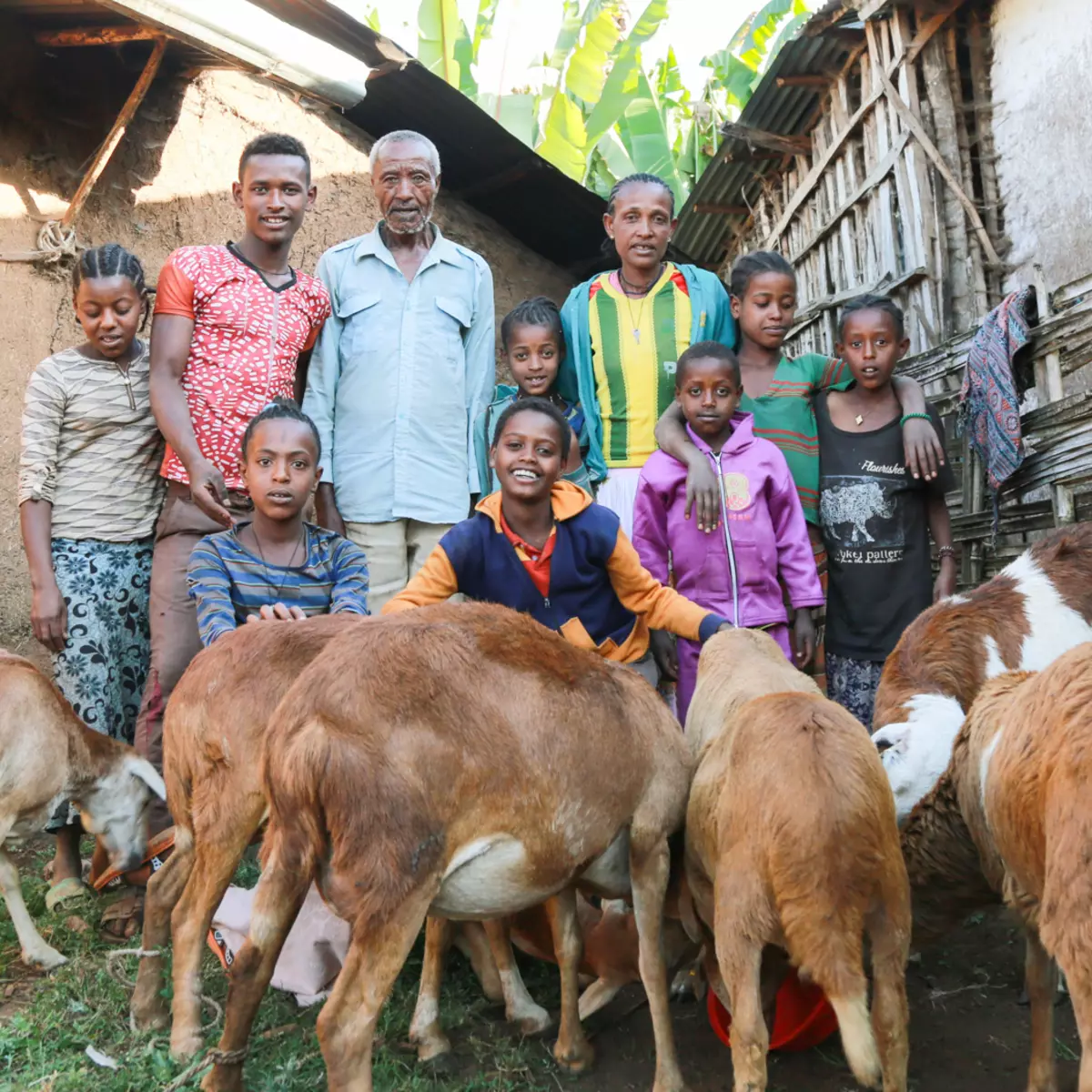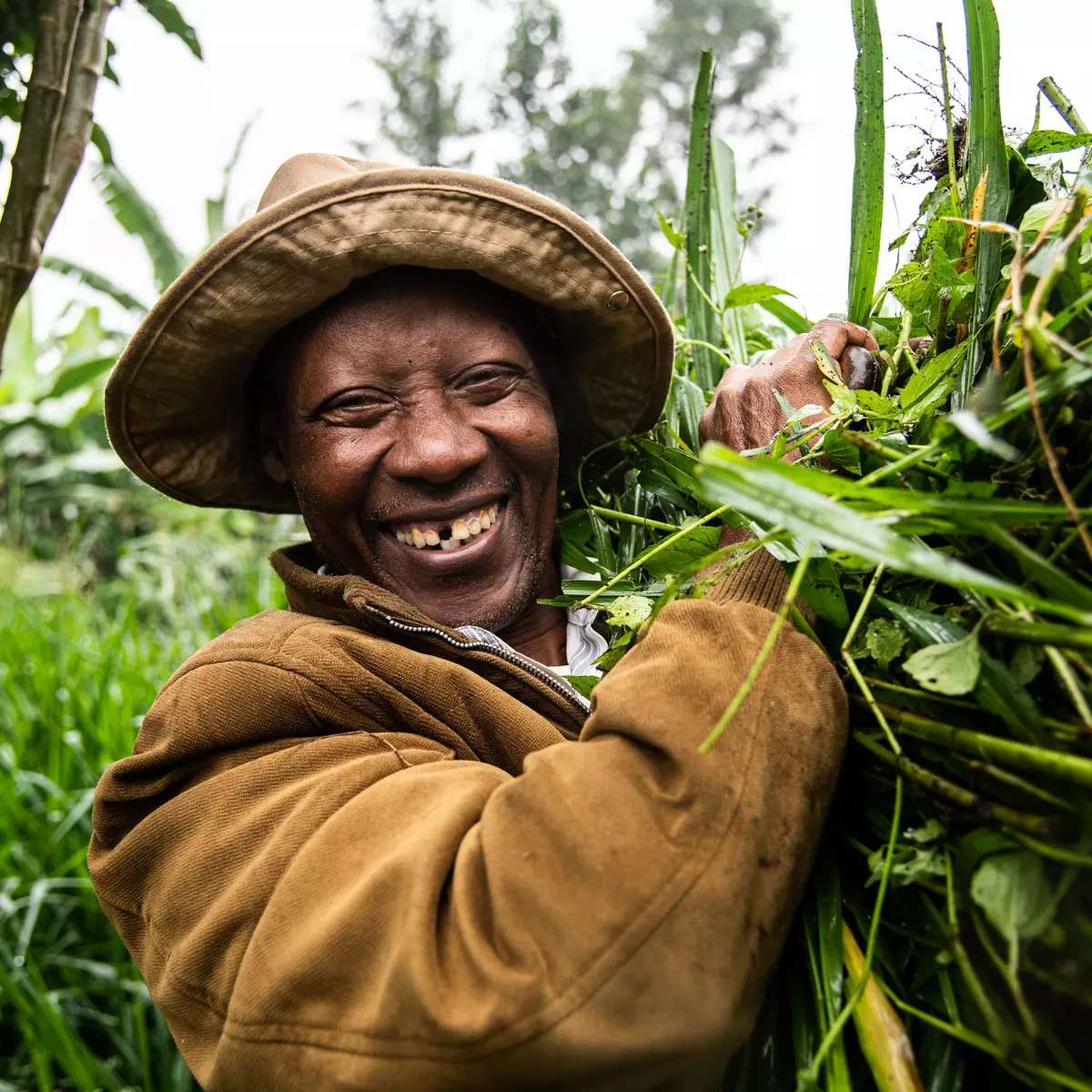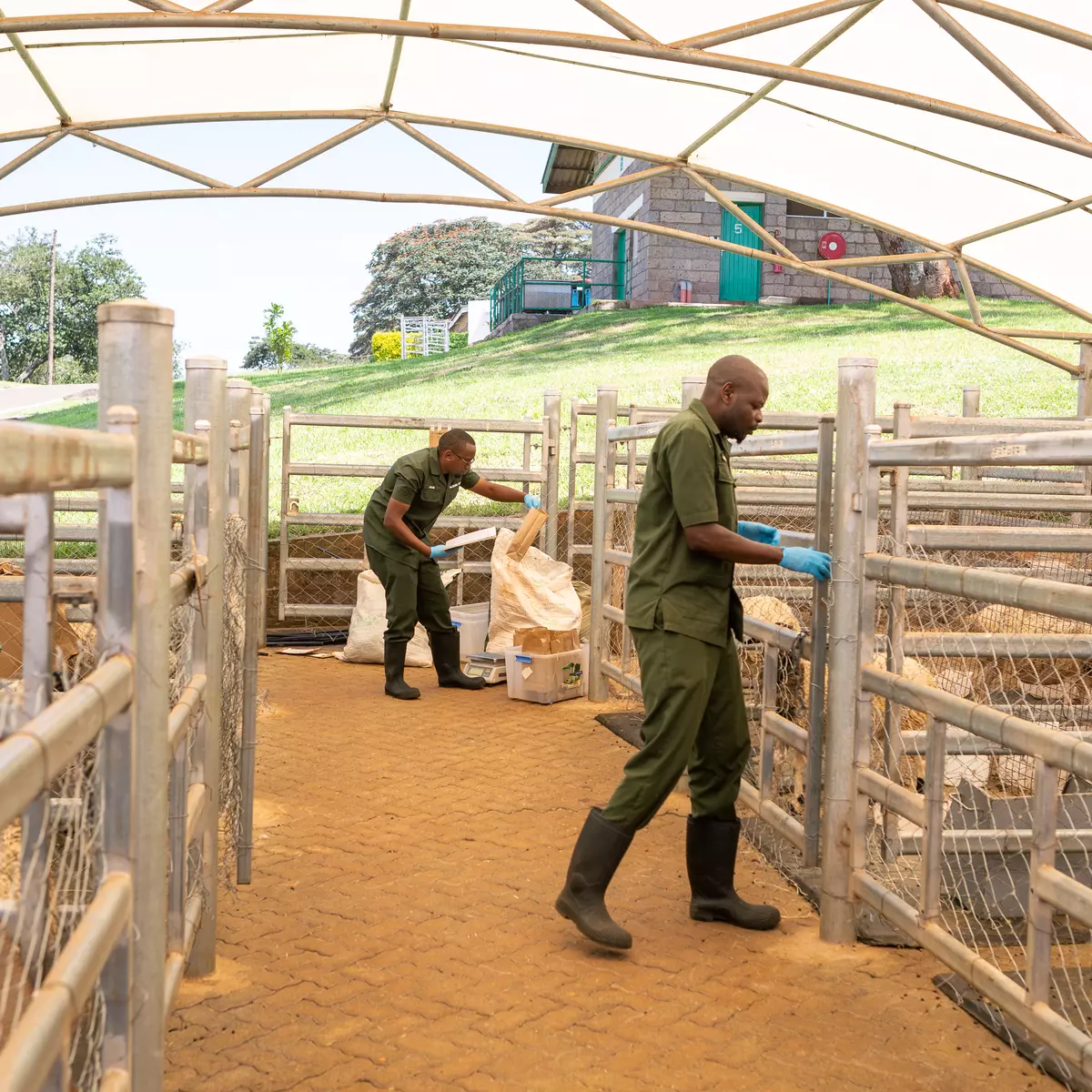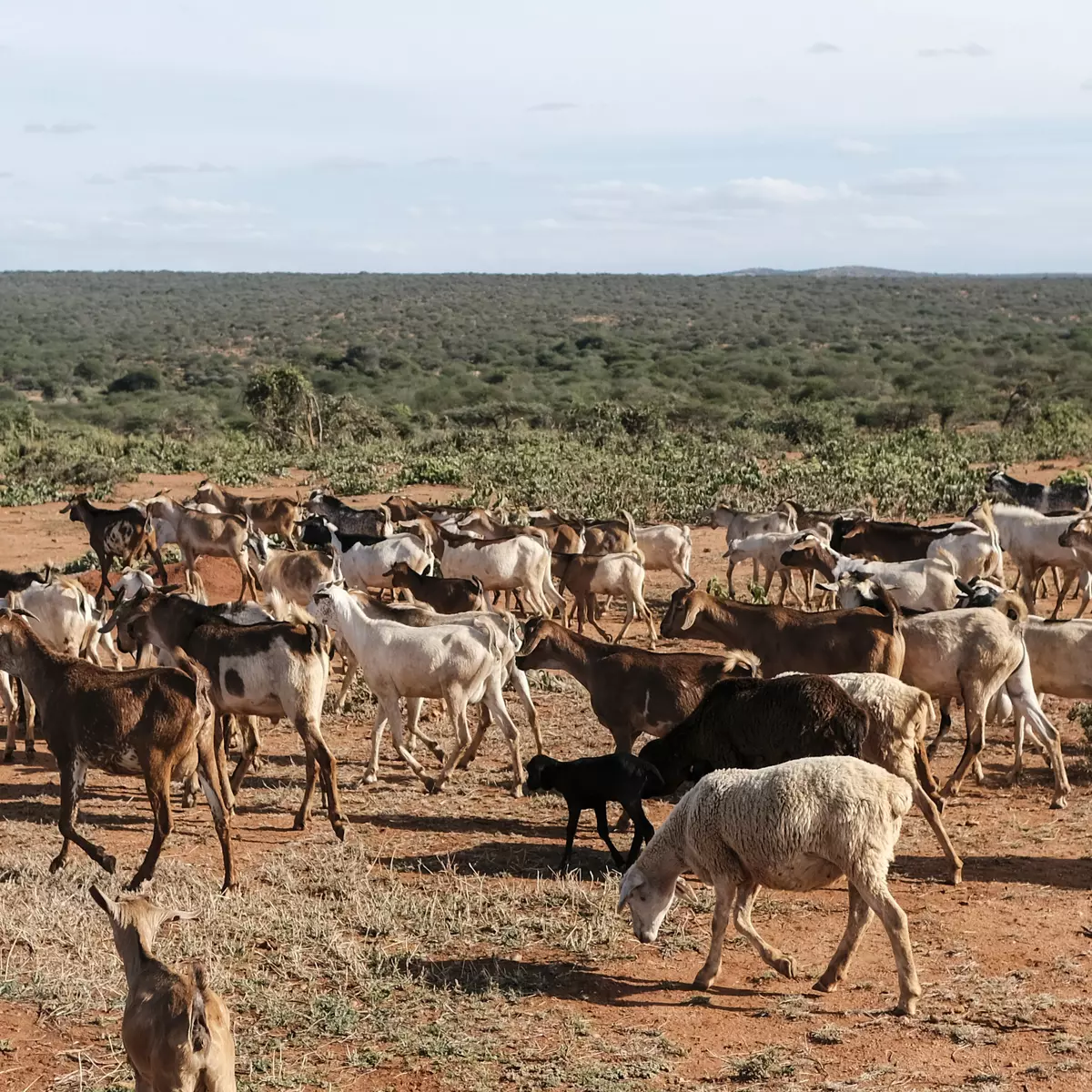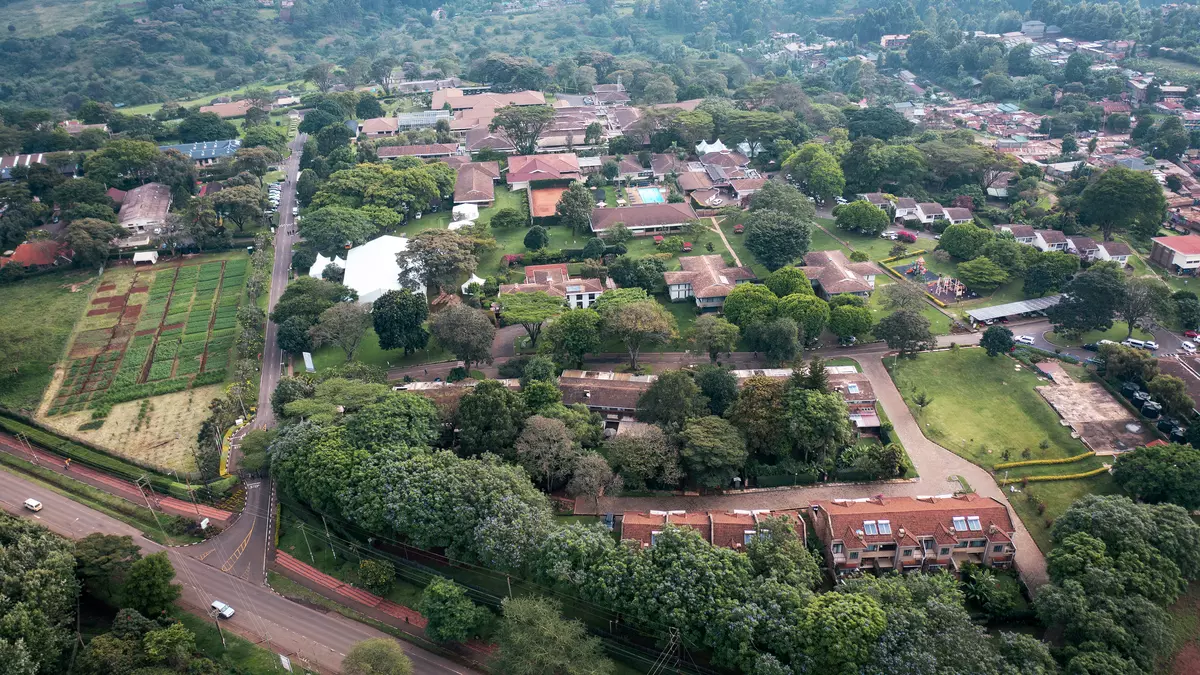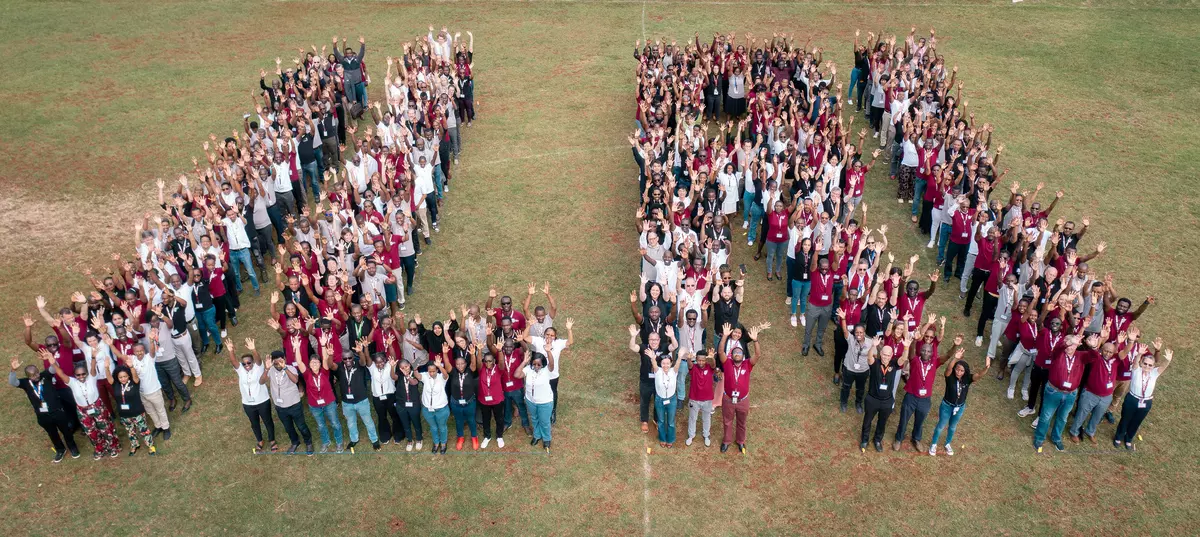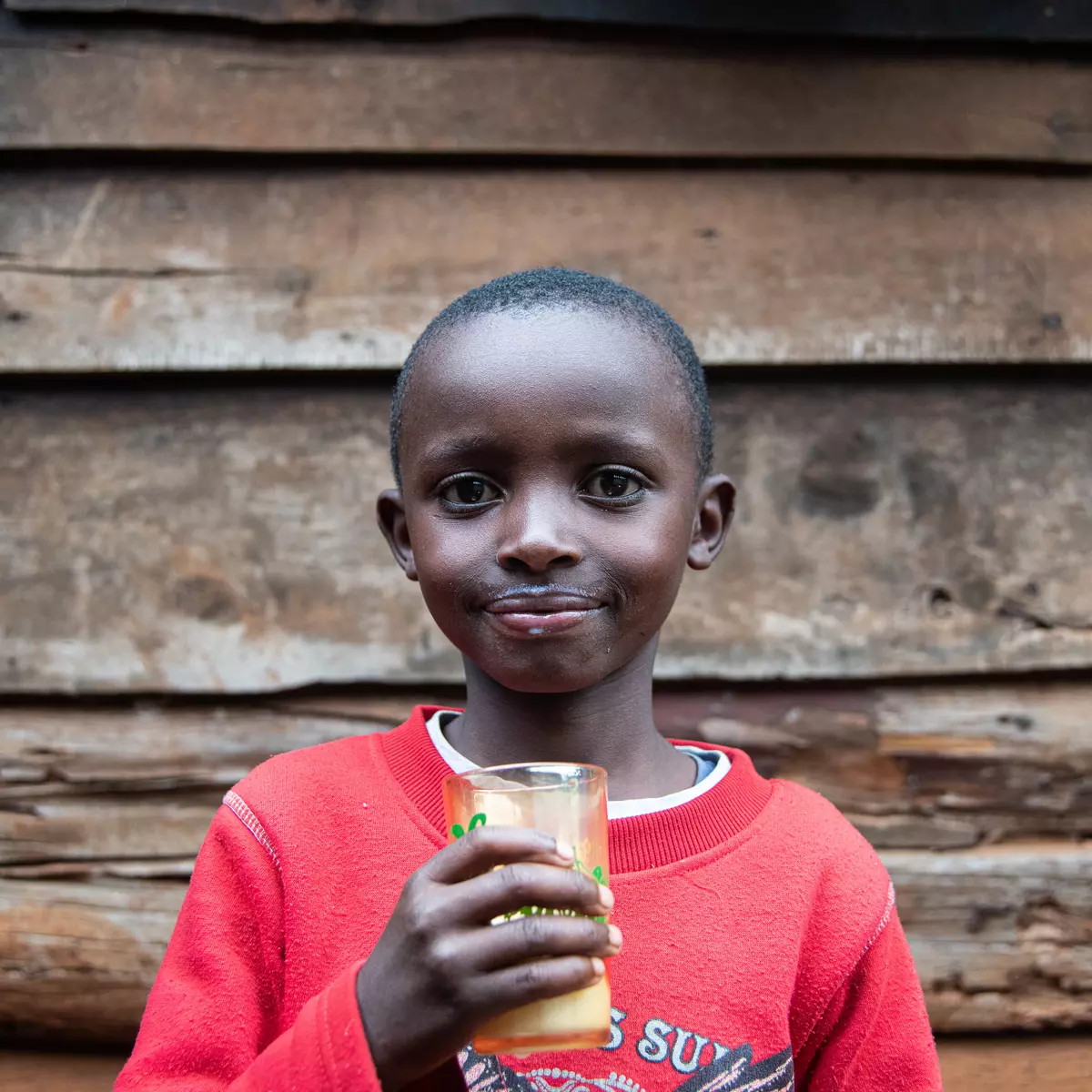
Built on experience, focused on the future
For more than 50 years, ILRI has worked alongside partners across Africa and Asia to improve lives through livestock. In regions where animals are often the most valuable asset a family owns, we’ve helped strengthen food systems, improve animal health, and support better incomes and nutrition.
This legacy–built on trust, partnerships, and deep local engagement–continues to guide us. As we move forward in our new strategic period (2024–2030), we’re drawing on that experience to address the next generation of challenges: climate change, inequality, and shifting food demands.
Our vision is bold but grounded. We’re supporting countries to build food systems that are more sustainable, inclusive, and resilient, with livestock at the heart of the solution.
This site reflects both where we’ve come from and where we’re headed. It features stories of innovation that continue to evolve, and highlights the strengths–our people, our partnerships, our infrastructure–that make ILRI a trusted global partner in livestock research for development.
I invite you to explore this journey with us and to see how livestock science can keep delivering for people, animals, and the planet.

Appolinaire Djikeng ILRI Director General
1970s
Foundations for livestock research in Africa
ILRI’s two CGIAR predecessors
1973: The International Laboratory for Research on Animal Diseases (ILRAD) established in Kenya, specializing in lab research to develop vaccines and diagnostics for livestock diseases.
1974: The International Livestock Centre for Africa (ILCA) is founded in Ethiopia, focusing on field research to improve livestock productivity.
Both concentrate on ruminants—cattle, sheep, and goats—and building capacity of thousands of scientists and PhD and MSc graduates.
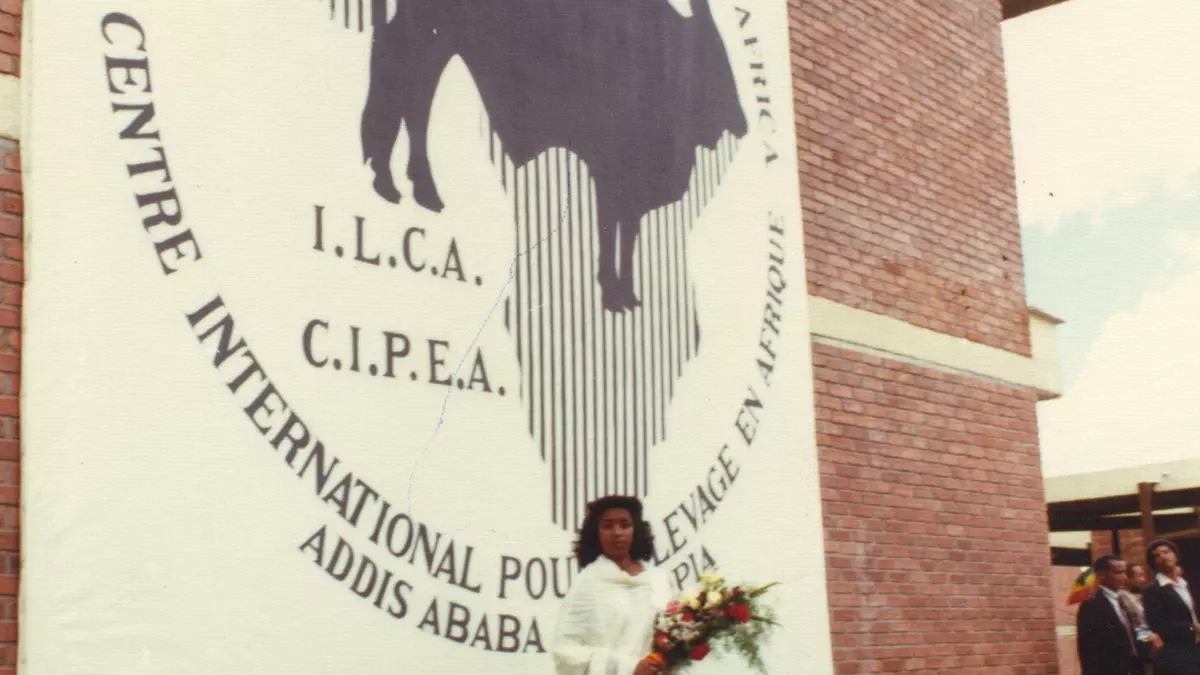
1970s–1990s
Select ILRAD achievements
- Demonstrates that livestock resistance to trypanosomiasis is genetically controlled.
- Develops experimental subunit vaccine for East Coast fever (ECF), protecting 70% of immunized cattle.
- Maps genome of ECF parasite, Theileria parva, advancing molecular livestock research.

1970s–1990s
Select ILCA achievements
- Establishes genebank in Addis Ababa with 13,000 tropical forage accessions, distributing 3,000 samples annually.
- Demonstrates livestock’s role in recycling nutrients and improving soil fertility in mixed crop-livestock systems.
- Highlights benefits of African cattle breeds over exotic ones and the value of crossbreeding.
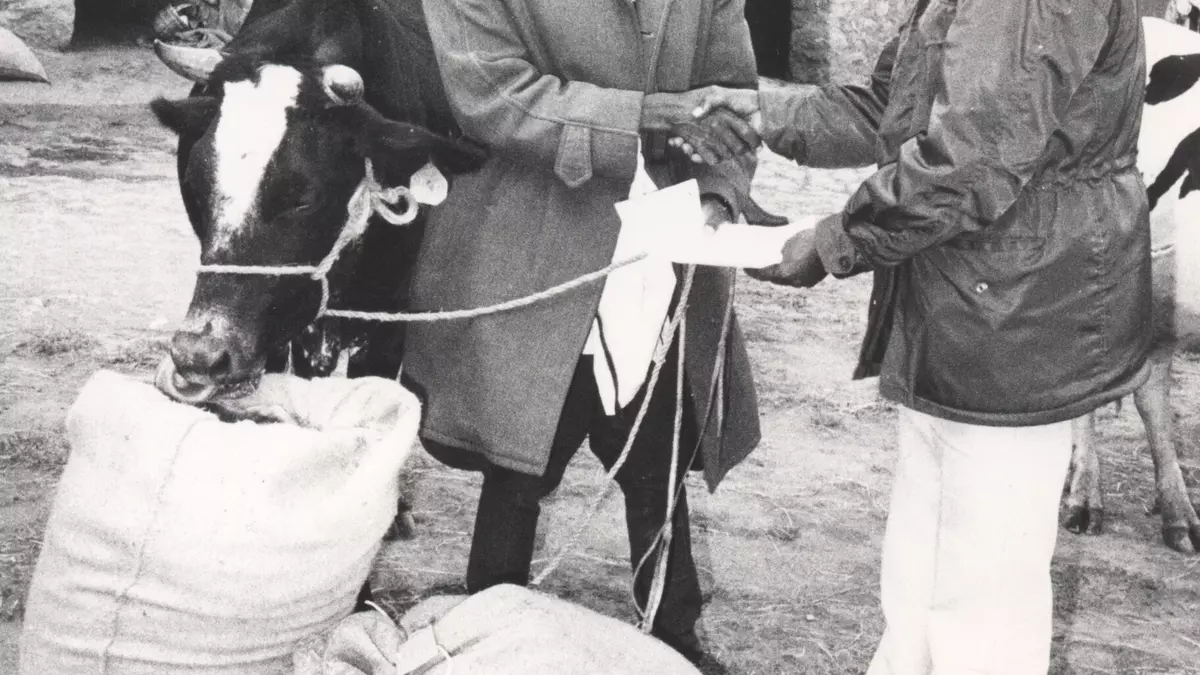
Early 1990s
ILCA and ILRAD unite as ILRI
1992: Discussions to merge ILRAD and ILCA begin, driven by the need for a global livestock research mandate.
1994: A Rockefeller task force designs a livestock research strategy, targeting feeds, health, genetics, production systems, socioeconomics, and natural resources, adds Asia and Latin America.
1994–1995: The International Livestock Research Institute (ILRI) is established in 1994 and begins operations in 1995.
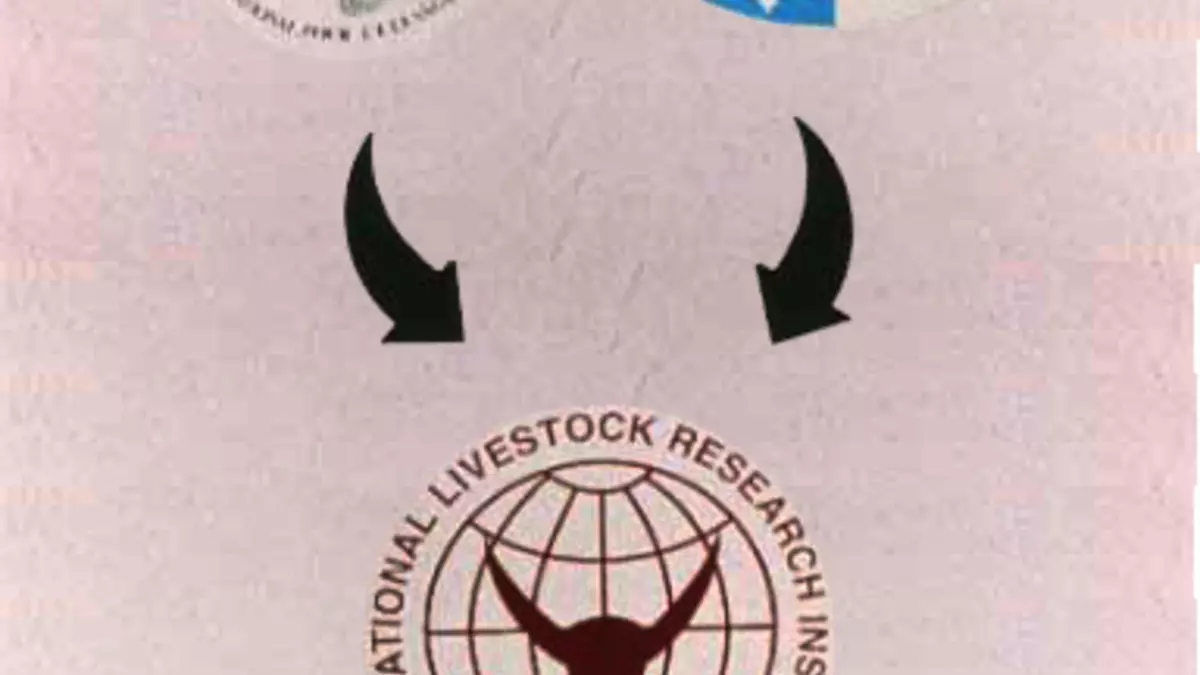
1995–1999
Breakthroughs in livestock health and productivity
1995: Advances diagnostics, vector control, and promotes trypanotolerant livestock.
1997: Launches Smallholder Dairy Project in Kenya to boost smallholder dairy livelihoods.
1998: Begins mass production of live vaccine for ECF.
1999: Co-authors ‘Livestock to 2020: The Next Food Revolution’, highlighting rising demand for livestock products and implications for global food security and sustainability.
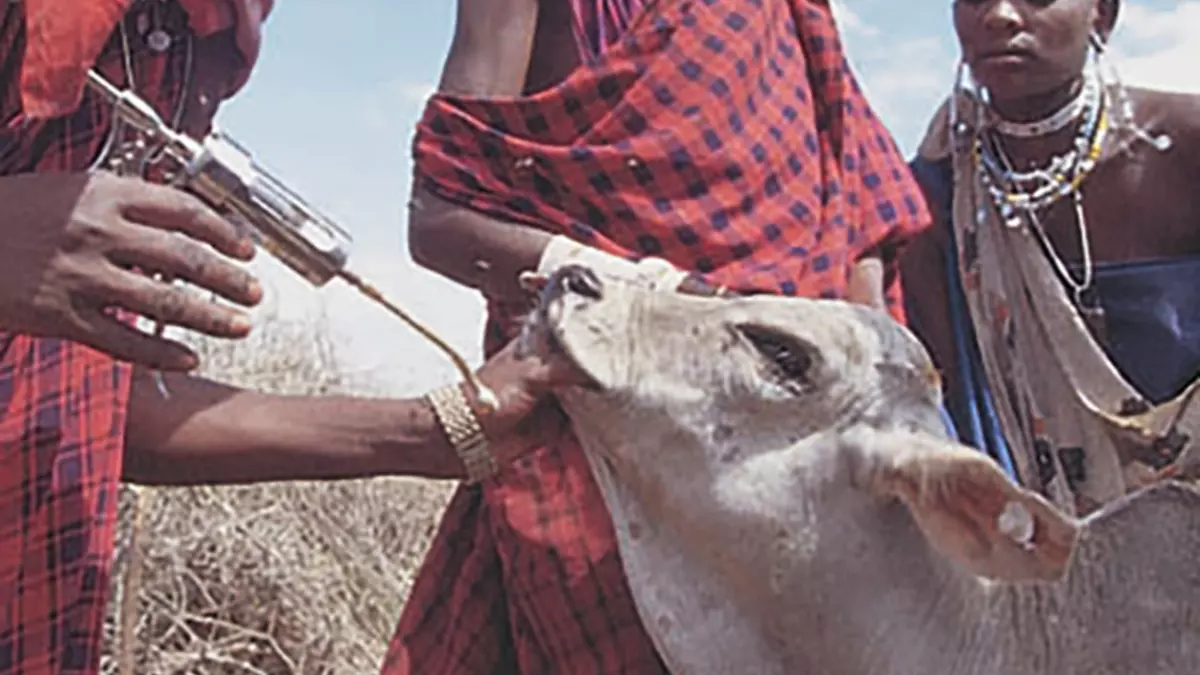
2000–2005
Expanding research and reach
2002: Adds poultry, pigs, and human health to research portfolio.
2002: Opens regional offices in India and Vietnam.
2003: Launches BecA-ILRI Hub, providing bioscience training for African researchers.
2003: New focus on food safety, zoonotic diseases, and food-feed crops that serve both people and livestock.
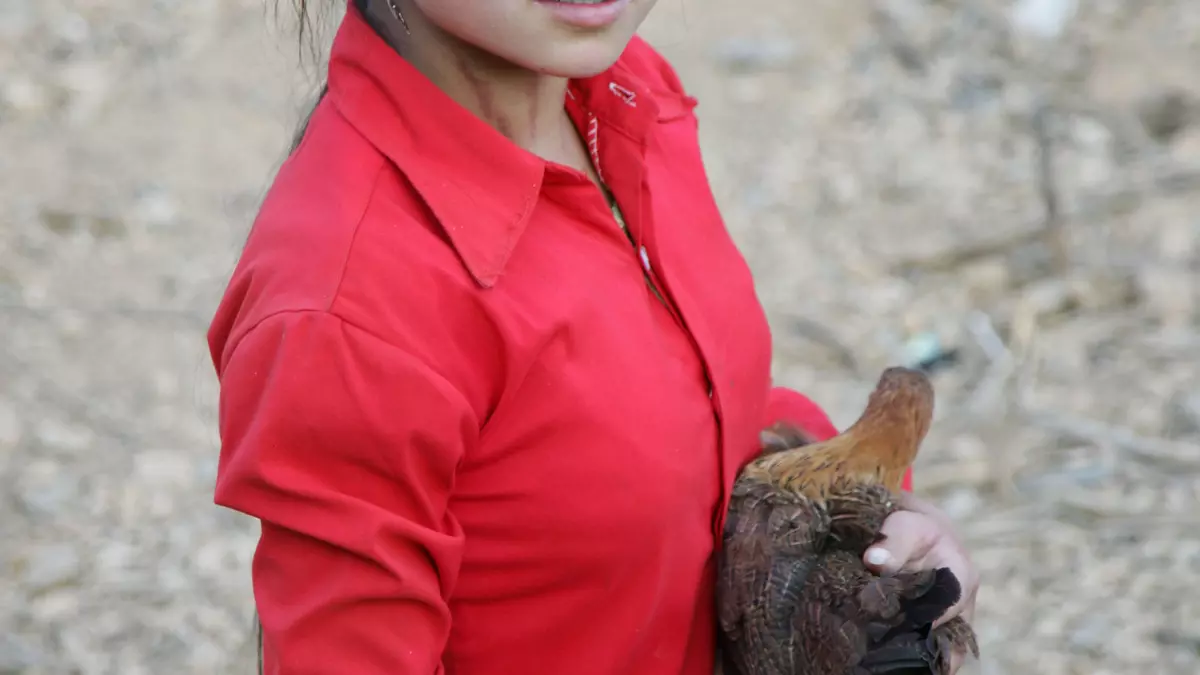
2010–2014
Tackling livestock risks and climate realities
2010: Launches Index-Based Livestock Insurance to protect pastoralists from drought-driven livestock loss.
2011: Marks eradication of rinderpest, to which ILRI contributed decades of research, ending the first animal disease in history.
2012: Integrates gender research across all thematic areas.
2014: Establishes Mazingira Centre to address livestock systems’ emissions in Africa.
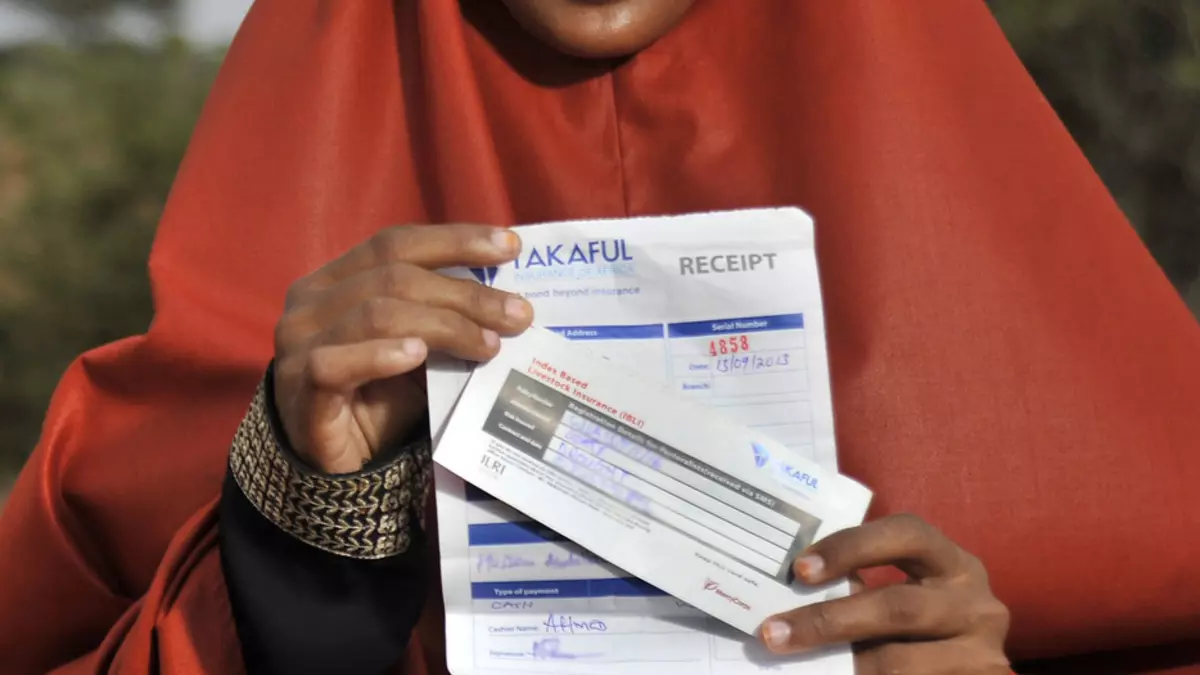
2015–2020
Big ambitions, bold actions
2015: Launches African Chicken Genetic Gains (ACGG) and African Dairy Genetic Gains (ADGG) to improve livestock productivity with adaptive genetics.
2016: Develops Livestock Master Plans to guide national livestock policies and investments.
2017: Launches Global Livestock Advocacy for Development (GLAD) to address anti-livestock rhetoric and advocate for livestock’s role in Global South.
2019: Mazingira’s research informs IPCC’s 2019 greenhouse gas inventory guidelines, the first to account for African livestock systems.
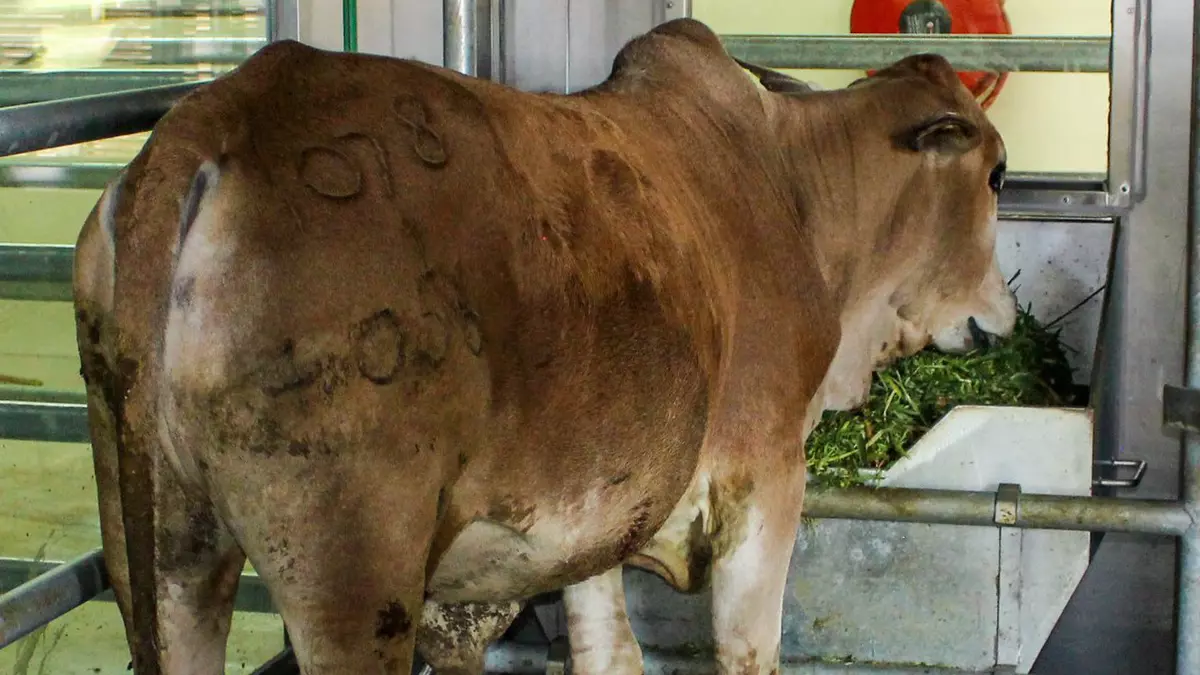
2021–Present
Advancing sustainable livestock
2022: Establishes One Health Research, Education and Outreach Centre in Africa (OHRECA).
2022: With Roslin Institute, ILRI identifies genetic marker for East Coast fever resistance in cattle, enabling ECF-resistant breeding programs.
2023: Develops vaccine candidate for African swine fever with 100% effectiveness in trials.
2024: Marks 50 years of ILRI and launches new strategy for better lives and a better planet through livestock.
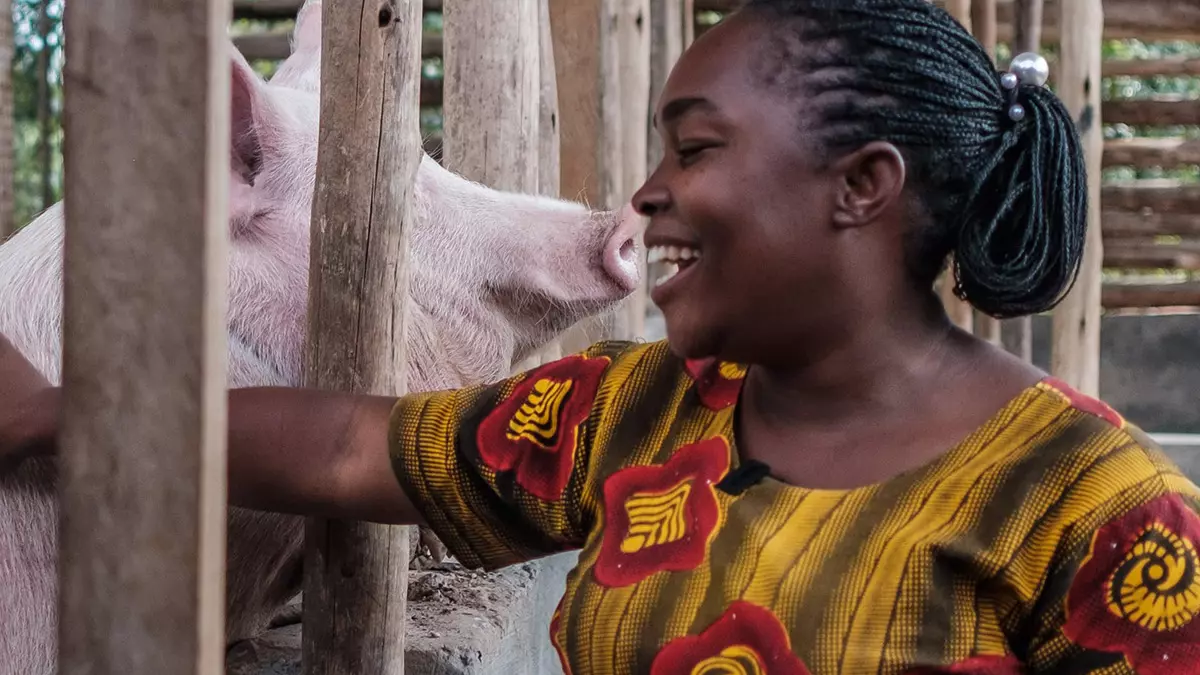
From chickens to camels, countries are charting bold new paths for livestock. With evidence and clear strategy, Livestock Master Plans are guiding investments to shape more sustainable, productive systems
We work to improve food security and reduce poverty through research for better and more sustainable use of livestock
Livestock futures
Protecting pigs, protecting livelihoods
A promising African swine fever vaccine for smallholders in Africa
Protecting pigs, protecting livelihoods
A promising African swine fever vaccine for smallholders in Africa
ILRI scientists have developed a promising vaccine candidate for African swine fever virus (ASFV) that has shown 100% protection and a strong safety profile in early trials. Developed using precision gene editing, this live-attenuated vaccine could become the first effective tool to protect specifically against AFSV strains circulating in Africa.
ASFV kills nearly all infected pigs, spreads rapidly, and currently has no cure. For smallholder farmers across sub-Saharan Africa – where pigs are a critical source of income, nutrition, and financial stability – outbreaks can wipe out entire herds in days. The only current control option is strict biosecurity and mass culling, a response that is costly and often unrealistic in free-range and smallholder systems.
ILRI’s vaccine candidate was developed using CRISPR/Cas9, a breakthrough genome editing technology that allows scientists to precisely delete the ASF virus genes responsible for virulence. The resulting weakened virus triggers a protective immune response in pigs without causing disease. This method marks a major shift from past approaches that relied on random mutations or “serial passage,” which often failed to deliver consistent results.
The vaccine is designed specifically for genotype IX – the most virulent and widespread ASFV strain in East and Central Africa. Emerging research suggests, however, that the candidate vaccine may also confer protection against a second ASFV genotype, with preliminary results now under review. These findings further strengthen the platform’s potential for adaptation to other strains and livestock diseases.
This scientific leap builds on over 20 years of ASF research at ILRI, from diagnostic tools to immune system insights. With funding from the Livestock Vaccine Innovation - Fund (LVIF) – a partnership between International Development Research Centre (IDRC) and the Gates Foundation – ILRI has established the only CRISPR/Cas9-based ASFV vaccine development pipeline in Africa.
While larger trials and commercial partnerships are still needed, this candidate vaccine offers hope. It’s not only a potential shield for millions of African farmers, it’s a demonstration of African-led innovation tackling a global problem. As ASFV continues to spread across continents, a solution rooted in ILRI’s research may finally bring lasting control to a disease long thought unconquerable in Africa and elsewhere.
--
Story written by Mireille Ferrari, Team lead, Strategic Communications

Hussein Akballo Scientist, Molecular Biology
Pioneer positive Deviance
A farmer-driven model for scaling climate-smart livestock solutions
Pioneer positive Deviance
A farmer-driven model for scaling climate-smart livestock solutions
Across Kenya, Ethiopia, and Colombia, a new approach is changing how smallholder farmers adapt to climate change – by putting them at the center of the solution. Known as the Pioneer Positive Deviance (P-PD) approach, the model identifies and empowers ‘adaptation pioneer households’, farmers who have developed effective, locally adapted livestock strategies despite facing similar constraints as their peers.
Rather than rely solely on top-down extension advice, the P-PD approach builds networks around these pioneers, enabling farmer-to-farmer learning through field days, printed guides, and digital platforms. The result: more than 15,000 households across Kenya, Ethiopia and Colombia have access to practical, climate-smart livestock practices tailored to their local conditions.
In Kenya, the approach is already embedded in county extension systems. Over 4,400 farmers have participated in hands-on field days led by 39 pioneer households, and 23,000 co-developed booklets on dairy feed management have been distributed. In Ethiopia, more than 13,000 guidebooks on sheep fattening have reached farmers across 36 villages. The model is also influencing university curricula and has attracted support from the World Bank, which is integrating the approach into a $340 million climate resilience program in the country.
In Colombia, P-PD has been adapted into "learning routes" in partnership with local organizations. These combine peer learning and digital tools to connect 86 farmers across Caquetá, with an online platform now showcasing 15 pioneers’ practices.
The model is already showing results. An evaluation in Kenya found that farmers using the approach reported a 76% increase in milk production, 52% improvement in livestock health, and nearly 30% greater cost efficiency. Most notably, 80% of farmers trained through P-PD go on to share their knowledge with others—amplifying impact far beyond the initial pilot sites.
By shifting power to farmers and tapping into their lived experience, the P-PD model is proving that the best innovations don’t always come from the lab – they’re already thriving in the field.
--
Story written by Mireille Ferrari, Team lead, Strategic Communications

Birgit Habermann Scientist, Climate Change Technologies in Practice
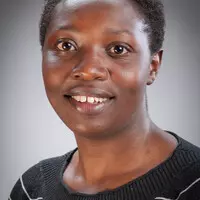
Leah Gichuki Research Officer
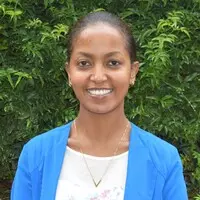
Tigist Worku
The secret power of forages
Cutting methane while improving productivity
The secret power of forages
Cutting methane while improving productivity
The Low-Methane Forages project is rethinking how farmers feed their animals in the face of climate change, by identifying forages that nourish livestock, improve soils, and help lower methane emissions. It’s a collaborative effort led by the Alliance of Bioversity International and CIAT, along with ILRI and ICARDA, each tapping into the genetic diversity in their respective genebanks.
At ILRI, this work is anchored in its Addis Ababa genebank, which holds nearly 19,000 accessions of grasses, legumes, and fodder trees. As a first step, ILRI has screened 148 accessions – mainly legumes and trees—for their methane-reducing potential, with another 300 planned for 2025. Early-stage in vitro tests (lab-based testing outside the animal) have revealed up to a ten-fold difference in methane emissions between the most and least promising forage accessions.
Select forages are now being grown for in vivo trials (testing in live animals) at ILRI’s Mazingira Centre to assess their real-world impact on emissions from cattle and small ruminants.
Reducing livestock methane is a global priority, but in low- and middle-income countries, solutions must also help farmers raise healthy, productive animals. That’s why this project focuses on multi-benefit forages: varieties that improve livestock performance, withstand drought, enhance soil fertility, and reduce erosion – delivering tangible value to farmers while contributing to climate change mitigation.
The key feature in these forages are anti-methanogenic compounds (natural plant compounds that help reduce methane production in the animal’s gut), which, when identified and are made available to farmers, can offer a low-cost alternative to feed additives or system overhauls. Unlike single-solution approaches, these forages can be integrated with existing practices to strengthen resilience across multiple dimensions.
This work is still in its early stages, but it’s already revealing what’s possible when science draws from the full genetic toolkit of tropical forages. With continued testing, refinement, and deployment, these low-methane forages could soon become a practical, scalable part of livestock systems that are better for both farmers and the planet.
--
Story written by Mireille Ferrari, Team lead, Strategic Communications

Chris Jones Program Lead, Livestock Genetics, Nutrition and Feed Resources

Alemayehu Teressa Forage Genebank Manager

Collins Mutai Research Officer
Breeding climate-friendly cows
A low-emissions solution for African dairy systems
Breeding climate-friendly cows
A low-emissions solution for African dairy systems
Can we breed cows that are both productive and climate-friendly?
That’s the ambition behind EnviroCow, a collaborative project led by ILRI, Scotland’s Rural College (SRUC), and national partners in Ethiopia and Tanzania. The project is identifying “low-emissions” dairy cows—animals that produce more milk while emitting less methane. This is especially important in sub-Saharan Africa, where smallholder dairying is expanding rapidly to meet demand, but also contributes significantly to greenhouse gas emissions.
Latest data from over 800 cows shows that genetics account for about 13% of the variation in methane emissions, a level consistent with international studies. This means selective breeding can play a meaningful role in reducing emissions over time.
Methane output also varies with breed composition: for each 1% increase in exotic genetics, methane emissions increase by an average of 2.5 grams per day.
Feed type matters too: high-fiber feeds such as maize hulls, wheat straw, and hay produce higher emissions, while more digestible options like maize flour, semi-ground soybean, and linseed cake result in lower output.
The project is also demonstrating that methane production can be indirectly predicted using mid-infrared (MIR) spectral data from milk—along with traits like yield, fat, protein, and body weight. MIR analysis is conducted in the lab from milk samples and is commonly used to assess milk composition. In this context, it offers an accessible way to estimate methane output, with prediction accuracy around 0.50, a level considered practical and informative for guiding genetic selection, particularly for traits that are costly and complex to measure directly. Unlike field-based laser methane detectors that measure methane directly from the animal’s breath, MIR provides an efficient, low-cost phenotyping tool suitable for use in national breeding programs.
But what makes EnviroCow particularly promising is its practical orientation. The goal is not just discovery, it’s delivery.
The project is developing tools that allow governments and breeding institutions to rank and certify seedstock based on climate mitigation potential and productivity. These superior bulls and cows will be made accessible through artificial insemination services—helping smallholder farmers improve their herds while contributing to lower-emission, climate-resilient dairy systems across the region.
--
Story written by Mireille Ferrari, Team lead, Strategic Communications

Raphael Mrode Principal Scientist, Livestock Genetics
Safeguarding livestock diversity
Biobanking Africa’s indigenous poultry breeds
Safeguarding livestock diversity
Biobanking Africa’s indigenous poultry breeds
A breakthrough in biobanking is opening up new possibilities to preserve—and restore—Africa’s indigenous poultry breeds. In collaboration with the Roslin Institute, AU-IBAR’s Animal Resources Seed Centres of Excellence (AU-ARS-CoE), and national agricultural research systems (NARS), ILRI has developed and applied a method to collect and cryopreserve primordial germ cells (PGCs) from local poultry breeds, creating a powerful tool for breed regeneration.
PGCs—reproductive cells isolated from early-stage embryos—can be frozen and later used to produce chimeric birds, animals that carry and pass on the genetic traits of the original, farmer-preferred breeds. These chimeras are now being piloted with the Kenya Agricultural and Livestock Research Organization (KALRO) in Kenya, where performance evaluations and strategic crosses with original lines are helping to inform future breeding programs focused on productivity and adaptation.
Unlike traditional conservation methods, this approach allows for full restoration of a biobanked chicken genetic pool, even after many years in storage. It also provides a foundation for studying traits related to disease resistance, heat tolerance, and overall performance under diverse local conditions—key to building climate-resilient poultry systems.
The project is already making major strides. All known local chicken ecotypes in Kenya, Uganda, and Burkina Faso have been biobanked, along with guinea fowl in Burkina Faso. With strong involvement from AU-IBAR and NARS, the initiative emphasizes capacity building, ensuring countries can independently adopt, apply, and expand this science.
In Burkina Faso, for instance, trainees from Benin, Nigeria, and across the region received hands-on instruction in PGC isolation and cryopreservation. Dozens of gonad pairs have been successfully frozen at the West Africa Animal Resource Seed Centre of Excellence at CIRDES in Bobo Dioulasso. Follow-up training-of-trainer activities are now supporting national rollouts.
This innovation arrives at a critical time. As production systems intensify and climate pressures mount, local poultry breeds risk being lost. Biobanking offers a science-based, locally driven way to secure this genetic heritage, ensuring that countries can adapt and thrive without losing the diversity that underpins long-term resilience.
--
Story written by Mireille Ferrari, Team lead, Strategic Communications

Christian Tiambo Scientist, Livestock Genetics
Participatory rangeland management
A community-driven solution for healthier lands and livelihoods
Participatory rangeland management
A community-driven solution for healthier lands and livelihoods
Across East Africa’s drylands, an innovation co-developed by ILRI and partners called participatory rangeland management (PRM) is helping pastoralist communities reclaim both their lands and their leadership in how those lands are governed and restored.
PRM is more than just a toolkit; it’s a step-by-step process that guides communities in developing their own rangeland management plans and governance structures. These often result in formal agreements with local governments that secure grazing rights, promote cross-village collaboration, and enable community-driven restoration. Importantly, PRM also creates space for greater participation of women in land-related decision-making.
Now implemented across more than one million hectares in Ethiopia, Kenya, and Tanzania, PRM is showing that when communities have a clear stake in land governance, they invest their own time, labour, and resources in restoring degraded ecosystems. In Tanzania’s Kiteto district, for instance, a Maasai community identified bush clearing as a priority. Within weeks, over 100 pastoralists voluntarily restored 112 hectares overrun by invasive shrubs—enhancing grazing resources and building climate resilience.
The impact of PRM is not only ecological. Independent assessments report gains in livestock productivity, land tenure security, and women's empowerment. In Kenya’s Baringo County, PRM has been formally integrated into county development plans. In Tanzania, it is paired with joint village land use planning (JVLUP), helping resolve land disputes and legally protect shared grazing areas.
PRM’s momentum is growing. With support from multiple CGIAR research programs and ILRI researchers, governments are adopting national guidelines, new investments are scaling the model, and complementary tools—from breeding schemes to rangeland health monitoring—are being integrated. The approach is also being adapted to support One Health efforts, gender equity, and peacebuilding.
With a solid foundation of results and growing national interest, PRM is emerging as a scalable solution—particularly in regions where land pressures, climate change, and conflict converge. Most importantly, it puts pastoralists at the center of managing—and healing—their landscapes.
--
Story written by Mireille Ferrari, Team lead, Strategic Communications


